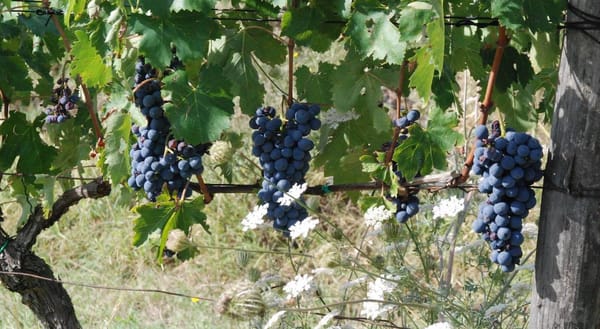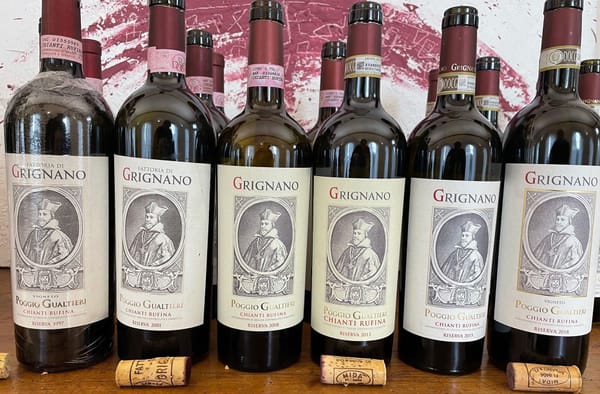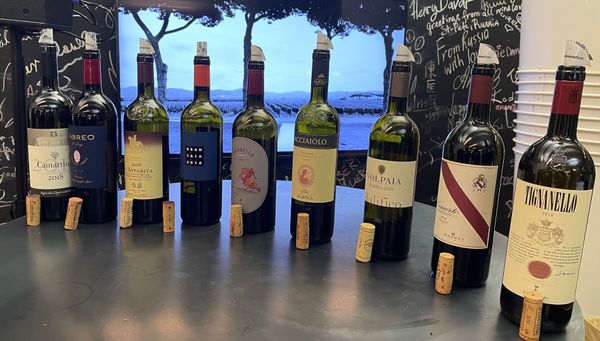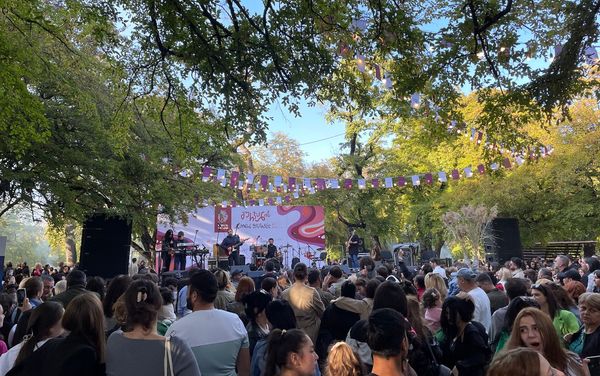Wine notes from Macedonia
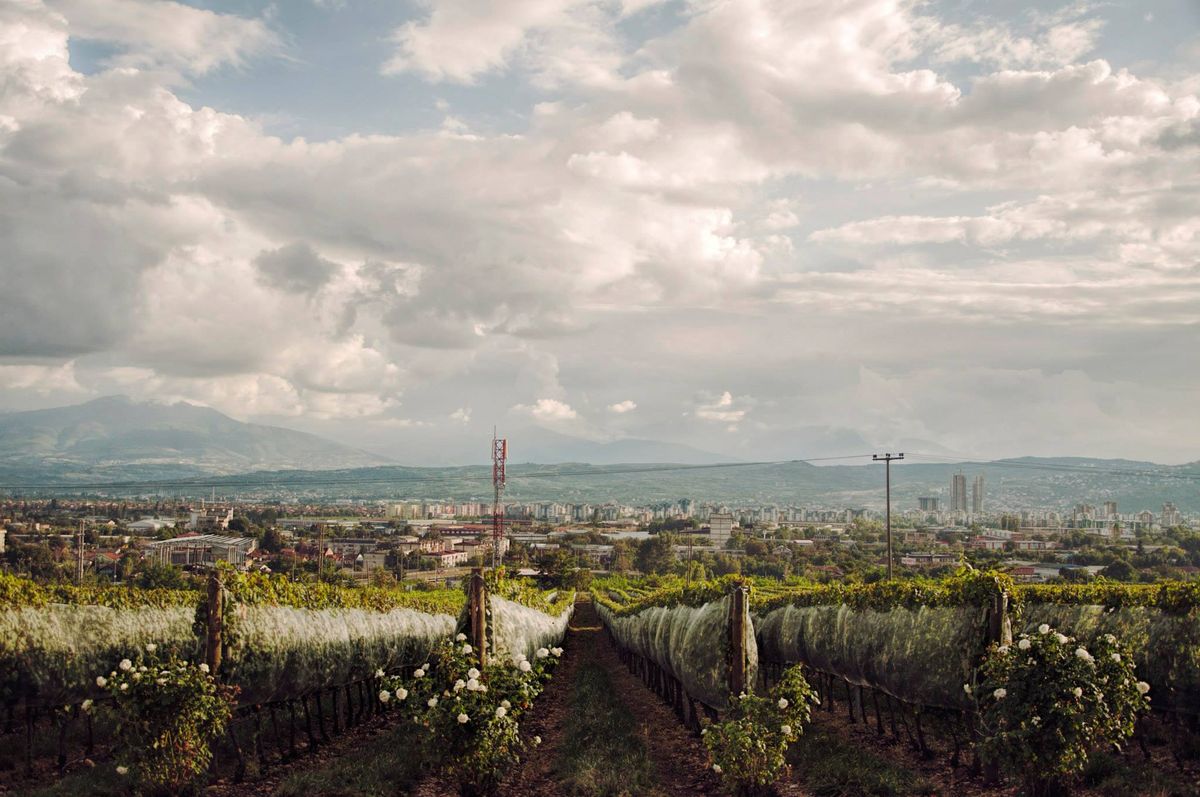
What better way to open up my first Riddle Magazine column than with some wine notes from the Republic of Macedonia. Well off the beaten path, few have considered this landlocked Balkan jewel as a source of exceptional food and wine, but four years on from my first visit, that's precisely why I'm here. Again.
Back in 2013 I was invited to collaborate on a book project with local critic Ivana Simjanovska that showcased the country's vineyards and growers but I've returned each year ever since. Officially speaking, I pass through on business, updating my guide to the industry's progress, but secretly, I can't help but feel much of my enthusiasm for the country lies in its hospitality and the Macedonians themselves.
Arguably the most welcoming people I've come across along my European jaunts, Macedonians are passionately committed to the dinner table. Social encounters of all kind revolve around food and drink and often render lunch a somewhat fluid concept. Undoubtedly, I've lost count of the number of times a mid-day appointment has escalated through the afternoon, gathered guests and festivity and ushered in an evening meal under the cover of darkness.
Of course if anyone is going to fall victim to Macedonian table imprisonment, September is the month to do it. The harvest period bestows almost impossibly ripe produce and dispatching it in its simplest form, in the outdoors of late summer, equips the epicurean scribbler with as fresh and authentic a Balakn dining experience as one could hope for. Put simply, Macedonians just know how to do it.
Local delicacies such as Burek, a savoury puff pastry full of feta and meet, or Pindjur, a blend of roasted aubergine, peppers, tomatoes, onion, and olive oil are partnered with stone baked breads and an iconic dip of roasted red bell peppers, paprika and garlic known as Ajvar. Fresh salads quickly follow and with everything delivered to the middle of the table it's a truly communal occasion. To lighten the mood, and probably the load, it's all washed down with a local grape brandy known as Rakija. Thrillingly potent though, I've learned to tread carefully with this cultural ritual, never refusing a second glass but always the third.
And there's the wine!! The heart of the action is in the Tikveš region, a fertile strip that runs through the center of the country, cozily nestled in the Vardar Valley. More than 85% of wine grape cultivation takes place here in relatively old vineyards that start around the town of Veles and patchwork the rugged landscape south as far as the Greek border. Macedonia is all about sunshine, to the point where its 270 golden days a year have spilled into the national flag. As you'd expect therefore, the wine style is unfalteringly rich; tropically driven whites and explosive reds packed with inky notes of black fruit and spice are par for the course.
Winters in Macedonia may be cold, but summers are scorchingly hot. The thick skinned, late ripening Vranec variety is well suited to conditions here and although not strictly indigenous (probably Montenegrin), Macedonia has done more than any other country to pin its vinous destiny to the grape. And one can see why - at its best Vranec gives hedonistic, powerful wines with deliciously ripe notes of blackberry and liquorice. Although not for the faint hearted, they can be excellent, often delivering body, structure, complexity and intense flavour. Like everything else in life however, good things don't come easy and Vranec rarely submits without a fight. Producers talk of how difficult the variety is to tame in the cellar and some years can leave wine makers resembling Frankenstein and his monster more than proud creator.
When it comes to elegance and style though, there are two obvious places to look. Chateau Kamnik, a small but top-end winery on the edge of the capital, Skopje, produces delightful wines. Each year their barrel fermented Chardonnays attain finesse and balance while their 10 Barrels Syrah serves up rousing blasts of luscious black fruit compote. For the patient amongst you, track down the Terroir Vranec and hide it away for a decade. It will benefit hugely from a long snooze in cask and bottle, but likely emerge with personality and charisma.
The premium single vineyard wines of Tikveš are also unmissable beacons of finery. As the oldest winery in the Balkans, and one of the largest, Tikveš often get a bad rep for their massive 20 million litre output of bulk wine, but nevertheless, their premium wine making operation acts as a winery within a winery and today their Barovo and Bela Voda range easily compete and impress on a global stage.
If only for appearances, my visits can't just be about indulgence and so after swanning around wineries and tasting rooms I had to roll my sleeves up and get my hands dirty. Tony Brzanov, a larger than life character with a passion for making the kind of wines he wants to drink, invited me over to do some heavy lifting. As night rolled in we took advantage of the cooler temperatures to receive and press four tons of sweet and sticky Syrah grapes.
In the wine world we often get lost in the mystique and glamour, and I am guiltier than most. But the iconic vineyards, fine restaurants and fancy labels often mask the reality. Wine making goes back thousands of years to a time well before today's technological luxury and in the rudimentary facilities of Brzanov, one gets a reminder of just how basic the process can be. Press the grapes and pump the resulting juice into vats so it can start to ferment. Even so, the no thrills approach carries its risks. At small wineries without the benefit of expensive equipment there is a gauntlet to run. As an old truck arrived creaking under a mountain of freshly picked fruit, we blocked the press, split the tubes and pushed the pumps to their limits. It's hard manual work but a real labour of love.
Across the city, I settled back into my role as international wine guest and had my tongue loosened by older vintages from Popov, Bovin and Popova Kula. When I first visited much of the center of Skopje was a building site as the then Gruevski government spent millions on an endless series of statues that celebrated the region's history and culture. Think Alexander the Great. Scratch below the surface though and controversy isn't hard to find. Apart from the massive cost of such an endeavour, the statues appear to have antagonised just about everyone you can think of, from the Greeks who still don't recognise the country's name, to the Bulgarians and Albanians, to the local intelligentsia who view them as nationalist kitsch.
Perhaps a little crass, and probably historically misleading, there are certainly more tourists gathering in the decorated Macedonia Square than ever before. As a foreigner with little national and cultural identity at stake, I can't help but feel they add to the mix rather than detract, but without fail they make for a useful ice breaker when the Rakija gets delayed.
Regardless, Skopje is a fascinating place, awash with dubious characters and never short of political intrigue. Macedonia only achieved independence in 1991 and is still sometimes referred to as a powder keg. But that shouldn't put anyone off. Now is the time to go and explore. Enthusiastic local travel companies such as Macedonia Experience can guide you into the countryside to enjoy the natural beauty, its melting pot of ethnic diversity and of course, the charming vineyards of the Tikveš region. As for me, I'll no doubt be back again at some point, gorging on fresh tomatoes and checking in on the increasingly exciting portfolio of good wines. It's surely only a matter of time before we see more of them clamouring for attention on our local merchant's shelves. Na zdravje!
First published in Riddle Magazine
Photo courtesy of Mina Jevremović

